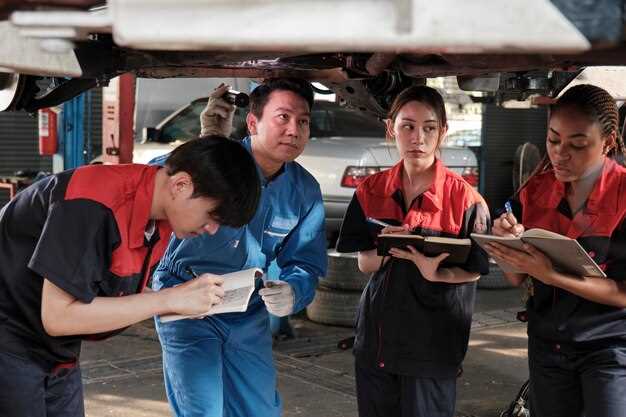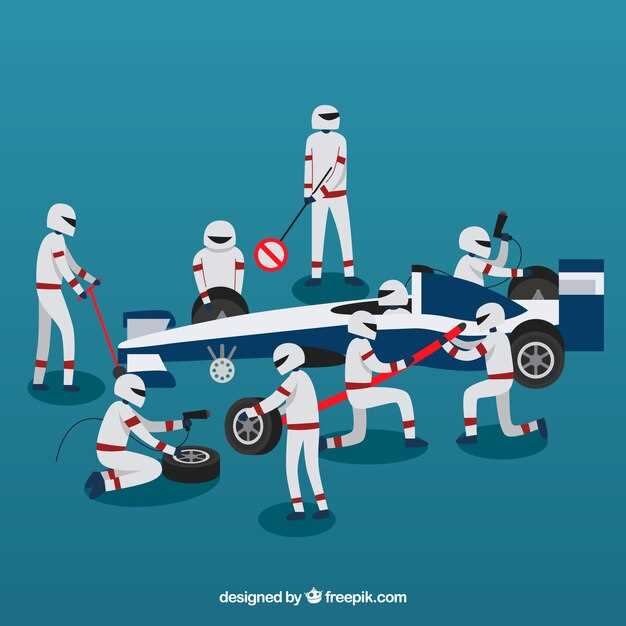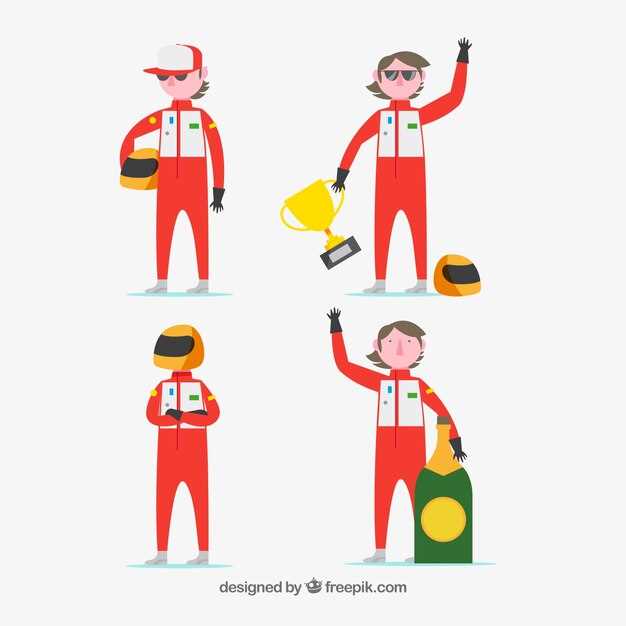
In the high-octane world of motorsports, the pit crew plays a crucial role that is often overlooked by casual fans. While drivers are celebrated for their speed and skill on the track, it is the team behind the scenes that ensures every second counts during pit stops. Understanding the intricacies of a pit crew reveals not just a collection of individuals but a well-oiled machine operating under intense pressure.
The responsibilities of a pit crew encompass various specialized roles, each vital for the overall performance of the racing team. From tire changes to refueling, every task is executed with precision and speed. This teamwork is critical, as even the slightest delay could lead to lost positions on the track. Each member of the pit team must work in harmony, showcasing an extraordinary level of coordination and communication.
Moreover, the dynamics of a pit crew go beyond the physical tasks performed during a race. The pressure to perform under strict time constraints fosters an environment of trust and reliance among team members. Understanding these roles and responsibilities offers insight into the essential support system that enables drivers to focus entirely on their performance on the track. A pit crew’s effectiveness can be the difference between victory and defeat in the competitive arena of motorsports.
Key Functions of Each Pit Crew Member During a Race

Every successful race relies on a well-coordinated team of pit crew members, each with specific roles that contribute to the overall performance of the race car. Understanding these key functions is essential for appreciating the intricacies of racing.
1. Tire Changer: The tire changers are crucial for swift pit stops. They are responsible for removing and replacing tires quickly and efficiently. Each second counts, and their ability to operate under pressure can significantly influence the outcome of a race.
2. Jack Operator: The jack operator lifts the car using a hydraulic jack, allowing tire changers to perform their task. This role is vital for maintaining the timeline of the pit stop, ensuring the car is elevated safely and promptly without any delays.
3. Fueler: The fueler manages the refueling process, ensuring the car receives the correct amount of fuel to optimize its performance throughout the race. This role demands precision and speed, as any mistake could derail the team’s strategy.
4. Race Strategist: The race strategist analyzes real-time data and makes crucial decisions regarding pit stop timings and tire selections. This member of the team plays a pivotal role in adapting to changing race conditions and competitor strategies.
5. Spotter: The spotter serves as the eyes and ears for the driver, providing essential information about track conditions, competitor positions, and potential hazards. Their communication is critical for the driver’s performance during the race.
6. Data Engineer: The data engineer monitors the car’s performance metrics live during the race. They provide the crew with insights on how the vehicle is handling, allowing adjustments to be made during pit stops.
Each member of the pit crew plays an integral role in ensuring the team’s success during a race. Their combined efforts and synchronized movements reflect the importance of teamwork and precise execution in high-stakes motorsport environments.
How to Optimize Communication and Coordination in the Pit
Effective communication and coordination are essential for the success of any pit crew. Establishing clear communication protocols helps ensure that every team member understands their roles and tasks during a pit stop.
Firstly, regular pre-race meetings are crucial. During these sessions, the crew can review strategies, discuss roles, and clarify any changes or updates. This practice builds confidence and allows the team to address potential issues before they arise on race day.
Secondly, employing visual signals can greatly enhance communication in the pit. Simple gestures or flags can alert team members to specific actions, such as when to prepare for tire changes or when to stop fueling. This non-verbal communication is vital when the noise level increases during a race.
Additionally, using headsets with communication systems ensures that every team member remains connected during a pit stop. This allows for real-time updates and feedback, minimizing misunderstandings and ensuring that everyone is on the same page.
Another important aspect is to practice pit stops regularly. Simulation drills enable the crew to rehearse their coordination and refine their timing. The more familiar the team becomes with the procedures, the smoother and faster the pit stops will be.
Finally, fostering a culture of teamwork and support is essential. Encouraging team members to provide feedback to one another promotes continuous improvement. When crew members feel comfortable communicating openly, they can better adapt to challenges that arise during a race.
Training and Skill Development for Pit Crew Performance

Effective training and skill development are crucial for a pit crew to maximize their performance during high-pressure situations. Each role within the crew is specialized, requiring unique skills and knowledge to ensure seamless operations during pit stops.
Key Areas of Focus
- Technical Skills: Crew members must be proficient in various mechanical and technical tasks, such as tire changes, refueling, and minor repairs. Continuous practice is essential to reduce pit stop times.
- Communication: Clear and concise communication is vital to coordinate the actions of the crew and the driver. Training should include drills focused on verbal and non-verbal signals.
- Team Coordination: Each role within the pit crew relies on the others to execute tasks effectively. Team-building exercises help to enhance synergy and teamwork.
- Safety Protocols: Understanding and adhering to safety procedures is critical in a fast-paced environment. Regular training sessions should incorporate safety drills and risk management strategies.
Training Methods
- Simulation Drills: Conducting simulated pit stops allows crew members to practice under realistic conditions. These drills help identify areas for improvement and foster quick problem-solving skills.
- Workshops and Seminars: Inviting industry experts to conduct workshops on techniques, strategies, and technology keeps the crew updated on the latest advancements in pit operations.
- Video Analysis: Reviewing footage of previous races can provide insights into performance flaws and areas where the crew can enhance efficiency.
- Physical Training: Maintaining physical fitness is essential as the work in the pit requires strength, agility, and endurance. Establishing a fitness regimen tailored for the crew enhances performance.
By focusing on these key areas and employing diverse training methods, a pit crew can develop the skills necessary to excel in their roles, ultimately contributing to the overall success of the racing team.



